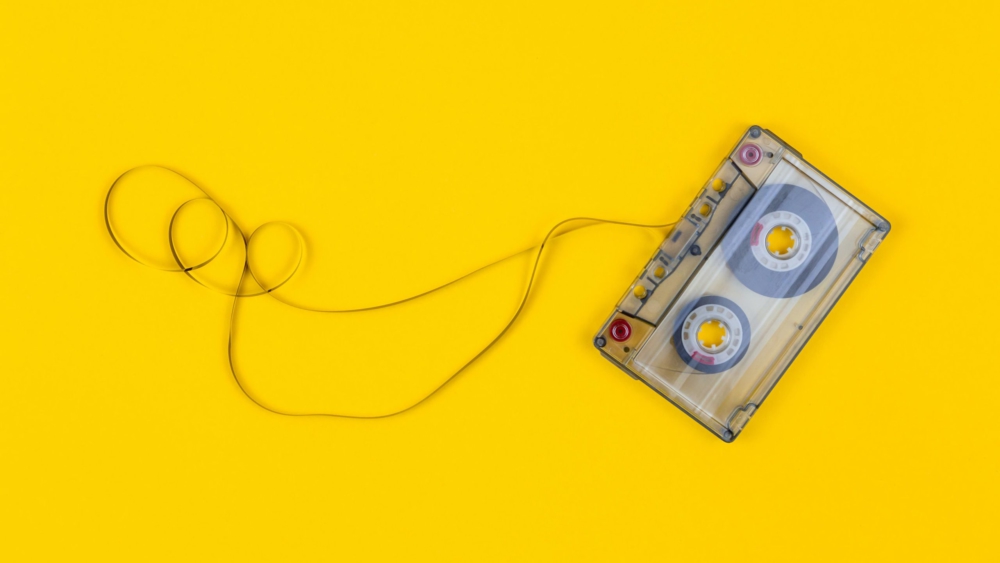It is an exciting time to be alive.
We are living in an age of fast-paced innovation that demands waves of technological breakthroughs. With more data being generated than ever, the future is promising, but it’s looking a lot like the past.
Somehow, brands are moving backwards with ‘nostalgia marketing’ to engage with consumers, and it is everywhere. Whether it’s the Netflix series Stranger Things, Burger King’s rebrand, or Blue’s Clues 25th anniversary video, it’s clear to see these brands are successful vessels of nostalgia that highlight the value of #throwback marketing. Defined as a strategy to develop an emotional connection using contents from the past, a well-thought-out nostalgia marketing campaign is as impactful as it is inclusive. Through aligning marketing strategies with consumer emotion, these brands are able to leverage bygone days to humanise themselves, creating positive associations and effectively building social connectedness.
Why is there so much pulling power in reminiscing about the past?
Old is Gold
Nostalgia marketing resonates with people of all generations because psychologically, it is experienced as an overwhelmingly positive emotion. We tend to look back fondly in search of simpler times, and our present just never looks as good. The past is more often than not, romanticised – our minds easily flush out the bad memories to preserve the good ones, because yesteryear is more malleable than our present worries. It feels good to go on an indulgent escape to grasp at things we once had; we crave for new experiences, and when our earliest memories are brought back to life, our brains double reward us: both for novelty, and familiarity.
And that’s exactly why nostalgia is a highly effective emotional hook that invokes positive association and feelings of security, comfort and trust. We know emotional marketing provokes emotional responses – it’s a tried-and-true advertising formula that triggers consumers to achieve gratification in the form of happier times.
With the pandemic resulting in severe social isolation, now is a timely opportunity to bridge the gap with sentimental content by tapping into a desire for a sense of familiarity. Here are a few tricks to take your audience down memory lane with the perfect dosage of nostalgia.
Have a better understanding of your inspiration
Before you ask if your ‘90s design looks the part, you should question why it needs to be inspired from the ‘90s. How do you identify the remarkable moments that matter? First, consider the relationship of that particular time period, and how it will be relevant to your brand and target audience.
Start with one of these reasons: Pulling inspiration from brand heritage to build on authenticity, resurrecting products from the past that were either retired or discontinued, or even to celebrate your milestones to reaffirm brand values and authenticate your current messaging.
These are the defining moments that will matter to your audiences, and each of them are all opportunities to drive for connection.
Say hello to Fauxstalgia (and Newstalgia)
It doesn’t matter if your audience didn’t live through a particular bygone era, because you can always opt for Fauxstalgia – a false nostalgia for the past even though we have never lived through it.
Take a look at Pokémon Go, an augmented reality mobile game developed by Niantic that took the world by storm in 2016. It was Millennials who grew up capturing, battling and trading Pokémon with the catchphrase “Gotta catch ’em all!”, but Pokémon Go’s wild success was also driven by Gen-Z. As the generation that grew up with digital devices, rifling through your prized collection for a rare Pokémon card is something they’ve never experienced, so through a combination of FOMO (Fear of Missing Out) and a yearning to be part of a beloved cultural movement, they’ve got a recipe for success.
And if you have a new release with no heritage to talk about, well, you could always go back in time and reinvent history. Pizza Hut calls this Newstalgia; its campaign channeled a pop culture from the past by teaming up with PAC-MAN to produce limited-edition cardboard pizza boxes, featuring an augmented reality version of the classic arcade game you can play on your smartphones via the QR code. This partnership is one that works for both companies; PAC-MAN was inspired by the image of a pizza with a slice taken out, and its gobbling nature goes hand-in-hand with Pizza Hut’s business.
Dip your toes with social media
Already feeling inspired and ready to take a trip down memory lane?
One of the advantages of nostalgia marketing is that there are many ways to incorporate nostalgia marketing into your strategy, even without a hefty budget. So if your business has just emerged off the back of a turbulent year, you can always start small with social media – participate in memes, or take advantage of trending hashtags such as #tbt (Throwback Thursday) – these stepping stones will help to spark engagement with your followers.
Always keep an eye out and use social listening to monitor activities not just around your brand, but the latest trends and industry news as well. You’ll never know when opportunity knocks at your door.
Be sure to hit all the sweet spots
Nostalgia marketing can be extremely successful, but it’s also easy for your attempts to go awry. Don’t rush into deploying a #throwback campaign without having a timely and relevant context – or you’ll risk being spotted as an inauthentic brand that’s trying to piggyback the latest trend for ‘likes’.
Aching for the past? Telegraph us at: [email protected]

